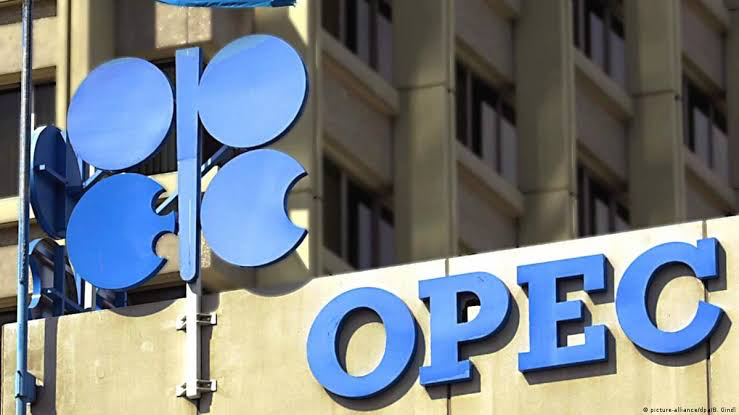The Organization of the Petroleum Exporting Countries (OPEC) has revised its global oil demand growth forecast for 2024, reflecting concerns about weaker-than-expected demand from China and broader global uncertainties. This adjustment highlights the difficult position faced by the OPEC+ alliance as it contemplates whether to increase production starting in October.
In its latest monthly report, OPEC reduced its 2024 global oil demand growth forecast to 2.11 million barrels per day (bpd), down from the 2.25 million bpd projected just a month ago. This is the first time OPEC has cut its 2024 forecast since it was initially issued in July 2023. The downward revision comes amid signs that China’s demand for oil, particularly diesel, has been lower than expected, exacerbated by ongoing challenges in the country’s property sector.
Diverging Forecasts and Industry Implications
OPEC’s forecast remains one of the most optimistic in the industry, but it stands in contrast to lower estimates from other organizations, such as the International Energy Agency (IEA), which has projected much slower demand growth. The IEA is expected to release updated figures soon, which could further influence OPEC+ decisions.
“This slight revision reflects actual data received for the first quarter of 2024 and in some cases for the second quarter, as well as softening expectations for China’s oil demand growth in 2024,” OPEC stated in the report. Despite this adjustment, OPEC noted that current demand growth still surpasses the historical average of 1.4 million bpd observed before the 2019 pandemic.
The report also addressed the resilience of transport fuel demand, particularly for road and air travel, which is expected to remain strong despite a slower start to the summer driving season compared to the previous year.
Production Challenges and Market Reactions
As OPEC+ considers whether to increase production from October, the report revealed that the group’s July output had already risen to 40.9 million bpd, an increase of 117,000 bpd from June. This increase was largely driven by higher production from Saudi Arabia, one of the group’s leading members.
The decision to potentially unwind recent output cuts comes with significant risks, as the market remains volatile. Just last week, oil prices hit their lowest levels of the year, dipping to around $75 per barrel due to concerns over Chinese demand and the possibility of a U.S. recession. However, prices have since stabilized, trading above $80 per barrel following the release of the OPEC report.
OPEC’s report projects that demand for OPEC+ crude in the fourth quarter of 2024 will reach 43.8 million bpd, theoretically allowing for higher production levels. Yet, other forecasts, particularly from the IEA, suggest a tighter market with less room for increased output. The IEA’s most recent estimate, set to be updated soon, anticipated only 970,000 bpd in demand growth for 2024, far below OPEC’s projection.
As OPEC+ leaders analyze market data in the coming weeks, the decision on whether to increase production will likely hinge on evolving economic conditions and updated demand forecasts. The balance between supporting oil prices and maintaining market share will be a crucial factor as the group navigates these uncertain waters.
Source: Reuters



